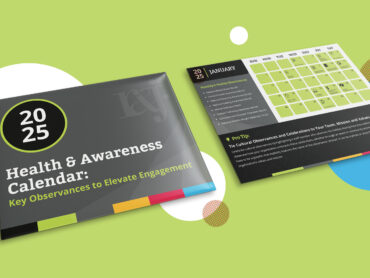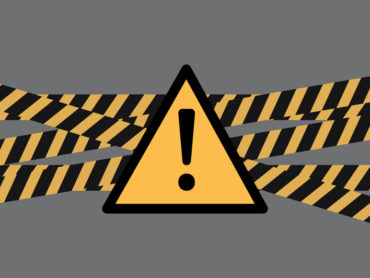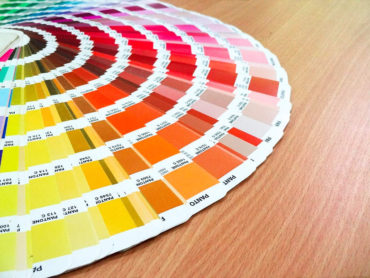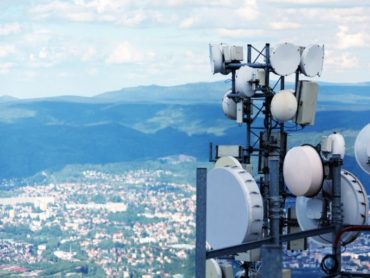Secrets to Securing Stellar Media Coverage for Your Event
As the newsroom continues to shrink, all while the news cycle appears to be moving faster than ever, securing media coverage to a special event can seem impossible. And although there’s no scientifically proven way to guarantee media will show up to your event, there are certainly steps you can take to increase your chances.
- Tailor your pitch/invite – This seems like a no-brainer, but it’s often overlooked. Blasting out your invite or pitch to your entire media list can almost guarantee you no media coverage for this event (and probably for your next ones as well). You need to know which reporter or outlet is going to cover your event or story and which will not. Sending a media invite for the opening of a new doctor’s office location to the local crime reporter is not going to accomplish anything. It’s important to take into consideration a reporter’s beat as well as their outlet’s geographic coverage area, so you need to do your homework. This can take some extra time and effort, but I promise it’s worth it. Continuously scan news outlets and trade journals that you’d like to get coverage in. Check a reporter’s social media pages. What are they posting about or appear to be interested in covering? Look to see if a reporter has covered something similar in the past or if they’re even covering a similar beat and mention that in your pitch. Offer your story or event as a follow-up piece. You need to personalize your pitch to attract the reporters you’re targeting.
- Get creative – While you should tailor your pitch to reporter’s interests, you shouldn’t be sending them the same cookie-cutter pitch they’re seeing over and over again. What sets your event or company apart from the competition? Focus on that. Is there a local angle you can take? Highlight the unique and compelling aspects of your event to sell the reporter on the story you want told.
- Be persistent – You’re going to get responses like: “I’m not sure if I can make it,” or “Yeah, yeah it’s on our calendar.” But keep following up. You want to keep the event at the top of their mind. Another reason it’s important to follow up is that often times, the staff managing the newsroom for broadcast outlets varies based on the time of day. This means you could reach someone different in the morning, afternoon or evening hours and can even change on the weekend as well. If you get a maybe from one person, follow-up another day and time because the first person you talked to might not be the one making the final decision when it comes time to decide where to send the news crews on the day of your event.
Of course, there is a fine line between being persistent and being annoying. Give the reporter a few days to respond to your initial pitch. And when you follow-up with them, don’t just send the same pitch again and expect them to suddenly have a change of heart. If you haven’t heard back in a few days, reach out with something new and interesting to offer. - Make it easy – List all of the information reporters need regarding your event. This is the obvious stuff – the date, the time, who the notable speakers are going to be, the address, location, etc. Give them information on where they can park and where they can find you or your on-site PR person.
- And then make it even easier – Provide all of the information the reporters need to tell the story You need to make yourself a trusted resource for the reporter. Anticipate all of the questions they’re going to have. Get details and facts to back up and strengthen your pitch. Offer pre-packaged quotes from your company’s leadership members. Cite reputable sources to support your pitch or invite. Consider creating a digital media kit to distribute with your media pitches that includes an executive summary of the organization, up-to-date bios of important leadership, recent notable news stories, recent press releases, and any other information relevant to the organization or event.
- Offer visuals – Anticipate requests for visuals. Offer high-resolution photos (with captions!) ahead of time, elaborate on the compelling visuals that will be available the day of an event, suggest notable individuals that can be interviewed and photographed the day of, or even offer short video clips related to your story or event if they’re available.
And it doesn’t stop there. If you’re lucky enough to secure media attendance, follow-up afterwards and see if there’s anything else you can do to help them develop and complete the story. Do they have any outstanding questions, do they need any other quotes or interviews, would they like additional pictures or headshots? Beyond helping to get a comprehensive piece that you will love, this will help establish a rapport with the reporter, creating a meaningful connection so that the next time you’re pitching an event or important story, they’ll pay attention and be more inclined to read your pitch next time. Then, just rinse and repeat.
If that seems like a lot of work, that’s because it can be. But have no fear, your trusted and experienced public relations agency is here. Shoot me a note at rsmith@randjsc.com to hear more about how we can help secure you the hardy media coverage you’re looking for.






















































































